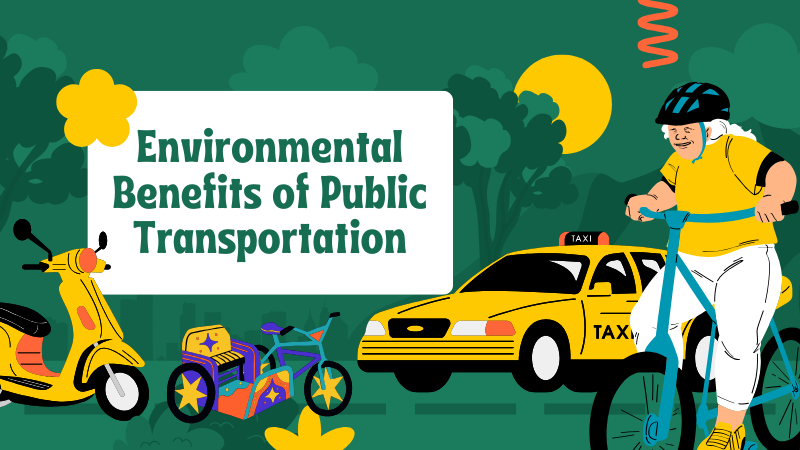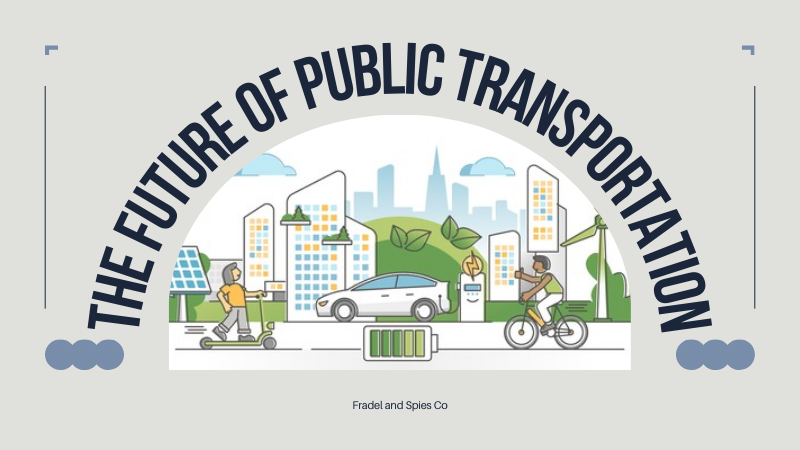Public transportation is a major pillar of urban development, providing many advantages that are beyond obtaining people from just one place to another. It plays an important role in economic development, environmental stability, and the overall quality of life.
Whether you are looking for a daily commuter, a policy maker, or a person looking for more frequent living ways, understanding the benefits of public transit can help make sure decisions.
In this blog, we find out how public transport affects both the economy and the environment positively.
Economic Benefits of Public Transportation
1. Cost saving for individuals and families
The owner of a private vehicle with costs including fuel, insurance, maintenance, and parking can be expensive to maintain and maintain.
Public transport provides an affordable option, which helps homes to save thousands of dollars annually. By reducing dependence on individual vehicles, family education, healthcare, and savings can allocate more funds for necessary requirements.
2. Employment creation and economic development
Public transport systems generate employment opportunities in many fields from manufacturing and engineering to operation and maintenance.
According to studies, every $ 1 billion invested in public transit produces thousands of jobs. Additionally, improved access to local businesses by increasing customer traffic and increases employee productivity.
3. Increase in property value
The assets located near the public transport hub, such as train stations and bus stops, have a high value. Convenient access to transit systems promotes urban growth and community growth, and makes the neighborhood more attractive to potential homebuyers and tenants.
4. Reduced traffic congestion
Traffic congestion costs billions of dollars in lost productivity and fuel waste. Public transport reduces road congestion by reducing the number of private vehicles on the road, reducing traffic flows for all, and reducing travel time.
Environmental Benefits of Public Transportation

1. Greenhouse gas emissions low
Public transit stands as a powerful tool for slashing carbon emissions into the environment. Buses, trains and subways emit less co2 than per passenger than private vehicles. By choosing public transport to driving, individuals contribute to cleaner air and a healthy planet.
2. Fuel consumption low
Public transport is far more energy-efficient than single-residual vehicles. A full bus or train can replace dozens of cars, which reduces the demand for fuel significantly. Consumption of low fuel means low dependence on fossil fuels and a reduction in harmful emissions.
3. Low air pollution and better public health
Air pollution is a big problem that is caused by vehicles, and the symptoms include respiratory problems and many other health problems. This is because public transit reduces the number of cars on the road, thus reducing carbon monoxide and nitrogen oxides, which are pollutants that make air quality and hence improve health.
4. Protection of natural resources
Public transit reduces the need for broad road construction and maintenance, which often leads to deforestation and landfall. The cities can preserve green spaces and natural habitats by promoting permanent urban planning.
The Future of Public Transportation

As technology advances, the public transport system is developing to become even more efficient and environmentally friendly. Electric and hybrid buses, high-speed rail networks and smart transit systems are being implemented worldwide to increase stability and convenience.
Conclusion
Public transportation is more than only a means of travel – it is an important tool for economic prosperity and environmental stability.
By hugging and investing in skilled transit systems, we can reduce costs, generate employment, cut emissions, and improve the quality of life for future generations. Selection of public transport is not just a personal choice; It is a step towards a cleaner, healthier and more durable world.
Would you like to see more cities investing in better public transit systems? Share your thoughts in the comments below!










